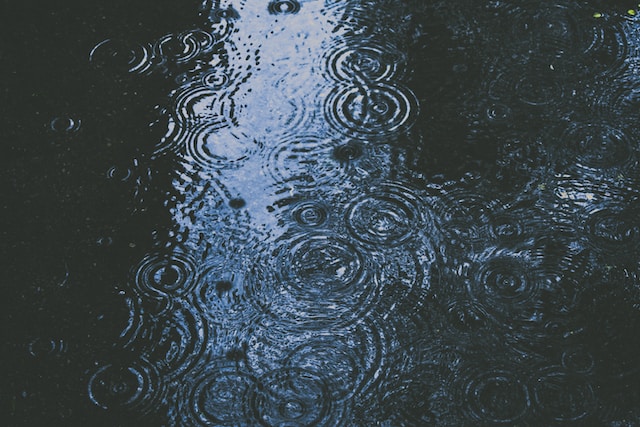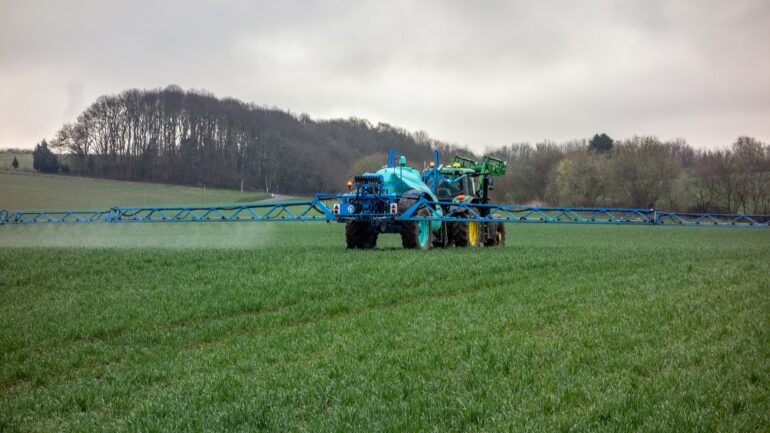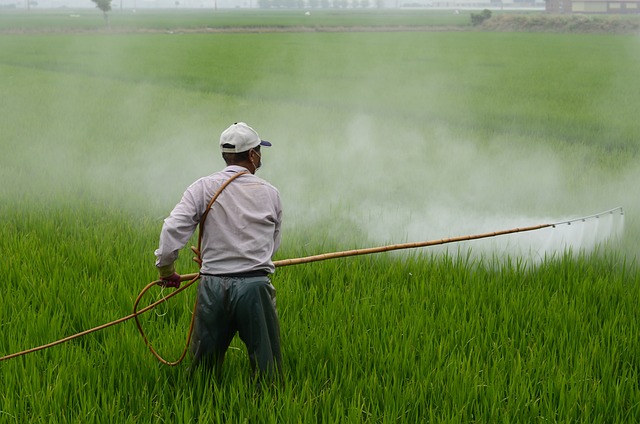By Caroline Majewski, Publishing Associate: Researcher and Writer at Save the Water™ | July 21, 2023
How Rain Gardens Reduce Pollution
Rain gardens counter growing urban areas and resulting pollution. The rain gardens act as a strain to filter rainwater and runoff. Before, this process mostly occurred naturally. For example, plants, trees, and soil absorb toxins. Then, the water filters into rivers and lakes.
As the number of city areas rises, the area that filters the water falls. As a result, the precipitation doesn’t have enough spaces to filter naturally. The runoff also has more time to absorb toxins along the way.
What is in Rain Runoff?
Meanwhile, rain picks up pollution as it travels. Fertilizer, salt on roads, and grass clippings are just some examples. Water from sinks, washing machines, and toilets go to a treatment center. However, water runoff does not. This water goes straight to lakes and rivers.
For example, air pollutants contaminate water before it lands on a building’s roof. Consequently, as the rain falls down the roof, the materials on the house introduce other chemicals.
- Asbestos
- Lead
- Copper
All of these have negative effects on human and environmental health.
What is a Rain Garden?
At its most simple, a rain garden is a depressed area in the ground. These depressions capture the water runoff and filter it.
Rain gardens can be as simple or as complex as you choose. There are options for layering sand or dirt, and for growing different plants. These all affect which type of rain gardens work better for you.
How to Build a Rain Garden?
Consider where water flows in your space. Think of where you have water puddles when a heavy rain comes. This will likely be near downspouts or driveways. Moreover, you can use this to guide where to place the garden.
The best practice is to start away from where standing water pools. Places where water accumulates is where soil doesn’t drain well. As a result, placing the rain garden away will prevent that.
Also note where your septic tank, leach field, or drinking water well is. Don’t dig the rain garden over them as it leads to problems.
Rain Garden Steps
There are multiple steps in building a rain garden:
1. Dig hole (four to eight inches deep)
2. Add large stones to the hole
3. Cover large stones with small ones
This could be the end or you can add more:
4. Add sand over small stones
5. Cover in topsoil or mulch
6. Plant native plants on top
Grasses and flowering perennials are a cost-effective way to make a space pretty. You can customize the types of plants for your needs.
Some Tips
When finished, the rain garden should take 24 to 48 hours to drain. Gently sloped or level areas work best. The average size is 100-300 square feet, but this can be customized. The rain garden should be longer than it is wide.
Checking your soil type can help you know what size rain garden will work best. For instance, clay soil drains slower and will need a bigger area. Transplanting plants from your garden (native plants are best) is a great way to save money.
Animal Life
The middle of the rain garden should have plants that need more water. However, outer portions should have plants that can work with average or dry conditions.
This benefits the garden and the local wildlife. They can rely on different plants for food and habitat. Different plants will attract different insects and animals. This creates a diverse space.
Rain Gardens News
Cities and states are also pushing for more rain gardens. Center Line, Michigan installed four new rain gardens along parking lots. This will help with the impact of heavy rains. Vancouver, British Columbia also wants rain gardens in hopes of reducing toxic chemicals from entering their waters. Their goal is to help save the salmon population.
Most importantly, rain gardens work with the environment to better drain and filter runoff. This process helps the drain to rivers and lakes. Meanwhile, they will filter unwanted toxins from the water. They also help bugs and wildlife by giving them refuge. Lastly, they add beauty to your backyard.





